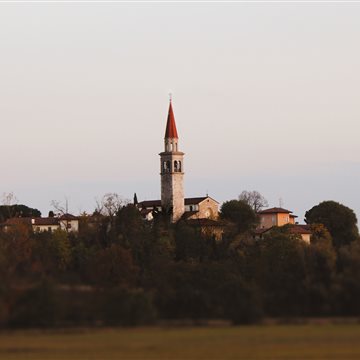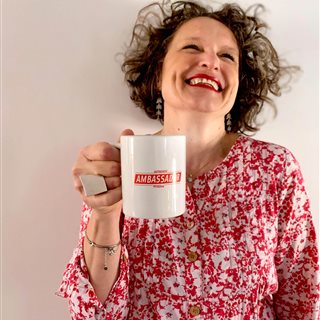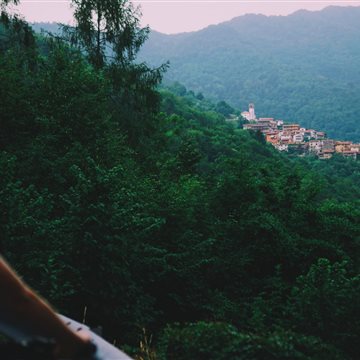 Alice Baron
Alice Baron
Discovering Santa Margherita del Gruagno



What has corn to do with the famous doll, you might ask. Yet there is something in common, if you take into account the toys of yesteryear, which included “lis pipinis di scus”, dolls made with the leaves that cover the corn cobs.
They are experts on this subject at Reana del Roiale, 10 km north of Udine, where they specialise in the art of scus. Here – an area of ??millraces and mills – they have patented the “Scus dal Rojal” brand, and here too you will find the “permanent exhibition of cartoccio and wicker”, curated by the local tourist office. It is worth exploring the history of these “pipinis”, so linked to the territory, to the community and a fundamental part of the family economy in the past. The scus – bracts or cartoccio – was a “recylced material” deriving from the harvest of maize, because in like manner to the pig, every part of the corn plant was used. Once the cobs had been picked (by hand) and peeled, there were plenty of leaves that could be used to pad a mattress, to create household items such as bags (“sportis") and handbags, but also shoes, hats and berets.
Women were especially involved in this laborious workmanship: from the sulphuring to clean and soften the leaves, to dyeing with coloured anilines and the skilled weaving, the cuarde. Toys were made, “lis pipinis” s mentioned, which were also appreciated by adults: emigrants would take them “souvenirs” of their own country, carrying them throughout the world.
The method was refined over the years until it became a valuable local handicraft. During the period of maximum output, this family business became the “Cooperativa Artigiana Cartocciai Friulani”, with a neighbouring professional school, established in 1964 by Fr. Mario Fabrizio, and operational until the 1980s. Scus objects had become fashionable: so much so that the most famous fashion designers sought them out, appreciating their quality and originality. The art of scus is still alive today in the Rojale district, boldly carried on by the new generations of cartocciaie thanks to the commitment of the tourist office and a community that has rediscovered it as an important resource of the territory.
At the Milan Fair, where scus objects are presented every year, an old and rather worn out bag is also shown. It is not for sale: it tells of a love story between rabbits. In the past, it was in here that the female rabbit was transferred for her galant encounters.
Find out about the ideas and offers for this experience in Friuli Venezia Giulia

 Alice Baron
Alice Baron

 Marina Del Colle
Marina Del Colle

 Francesco Nguyen
Francesco Nguyen

 Michele Angelicchio
Michele Angelicchio